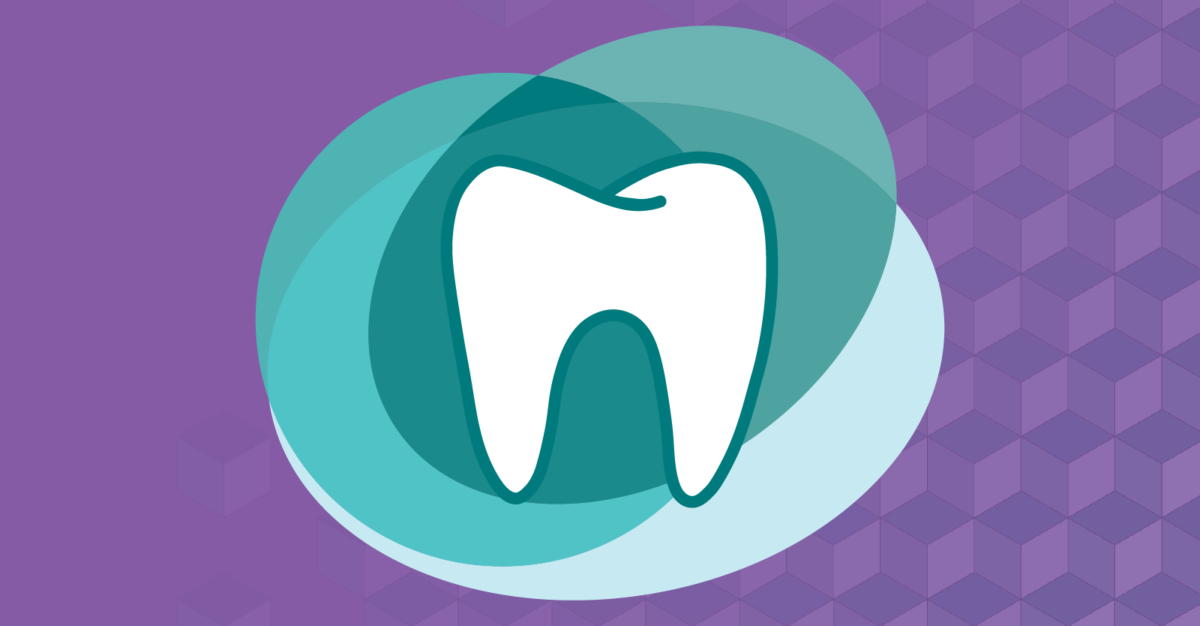As the monkeypox outbreak continues to spread, we sat down to explore what oral health connections exist, what is currently being researched, and what you should know about monkeypox with relation to oral health
What is Monkeypox?
Monkeypox is a viral disease with symptoms similar to, but much milder than, smallpox. It is rarely fatal, and is primarily spread by close personal contact, often skin-to-skin.
Monkeypox was first discovered in 1958 in monkeys being kept for research. The first human case was recorded in 1970.
Common symptoms of monkeypox include fever, fatigue, and flu-like symptoms. The disease also presents with a rash on the skin reminiscent of smallpox. While it should be taken seriously, it is much less deadly. In fact, of the 14,000 cases worldwide as of July 20, 2022, only five deaths had been reported.
Oral Symptoms of Monkeypox
Overall, oral manifestations of monkeypox appear to be relatively rare. A recent report in the Journal of Oral and Maxillofacial Surgery did outline two cases of oral lesions associated with monkeypox.
In both cases, the oral lesions appeared before the skin rash. In the first case, oral lesions were the first symptom.
The Centers for Disease Control and Prevention (CDC) is urging providers to be on the lookout for symptoms that could be associated with monkeypox, including oral manifestations. Although oral symptoms seem to be relatively uncommon as of August 2022, providers with patients presenting oral lesions might consider monkeypox among potential causes.
What Else Should Oral Health Providers Know?
The CDC has published guidance for providers treating patients with monkeypox. The organization outlines considerations for infection control and provider safety, including PPE, waste management, and other precautions to prevent transmission.
Learning from the Past
Many are discussing the similarities between the current monkeypox outbreak and HIV. For many providers, it is easy to look back on the early 1980s with regret for how the community responded to the emerging HIV epidemic. Too many patients with HIV were met with fear and shame, unable to receive the care they needed, including oral health care.
We recently sat down with Dr. Lewis Lampiris, who was a practicing dentist in the 1980s as the HIV epidemic emerged. His story offers insight into the important role oral health providers need to play when a new disease emerges, and we believe it can offer guidance as we navigate the monkeypox outbreak.
“As a dentist I feel responsible for taking care of everybody who walks through that door, regardless of who they are, what they look like, what kind of condition they are in,” said Lampiris. “It’s an obligation to take care of people. That comes part and parcel with your degree as a dentist, as a physician.”
NCOHC, a program of the Foundation for Health Leadership & Innovation, works to advance systems-level changes, improving the overall health and well-being of all North Carolinians by increasing access and equity in care. To stay up-to-date and get involved, join us today as a North Carolinian for Change.



